NIH History Heats Up
Summer has finally arrived, and it's once again time to shine some light on NIH's rich history. Over the past couple months, NIH has celebrated several important anniversaries, including the 20th birthday of NIH's Vaccine Research Center and the 70th anniversary of the NIH Record newsletter. Read on to learn more about these milestones and other fun facts and intriguing objects from NIH's past!
This beautiful manometer — a device that measures pressure — has handwritten scales and is 100 years old. It belonged to Dr. Claude Hudson of the NIH Division of Chemistry, and is now in our collection. Hudson was a renowned specialist on carbohydrate chemistry before he came to NIH, formulating the "lactone rule" about carbohydrate molecules’ shapes. Although much of Hudson’s research was highly theoretical, its fundamental nature and importance had a significant impact on the understanding of carbohydrate chemistry.
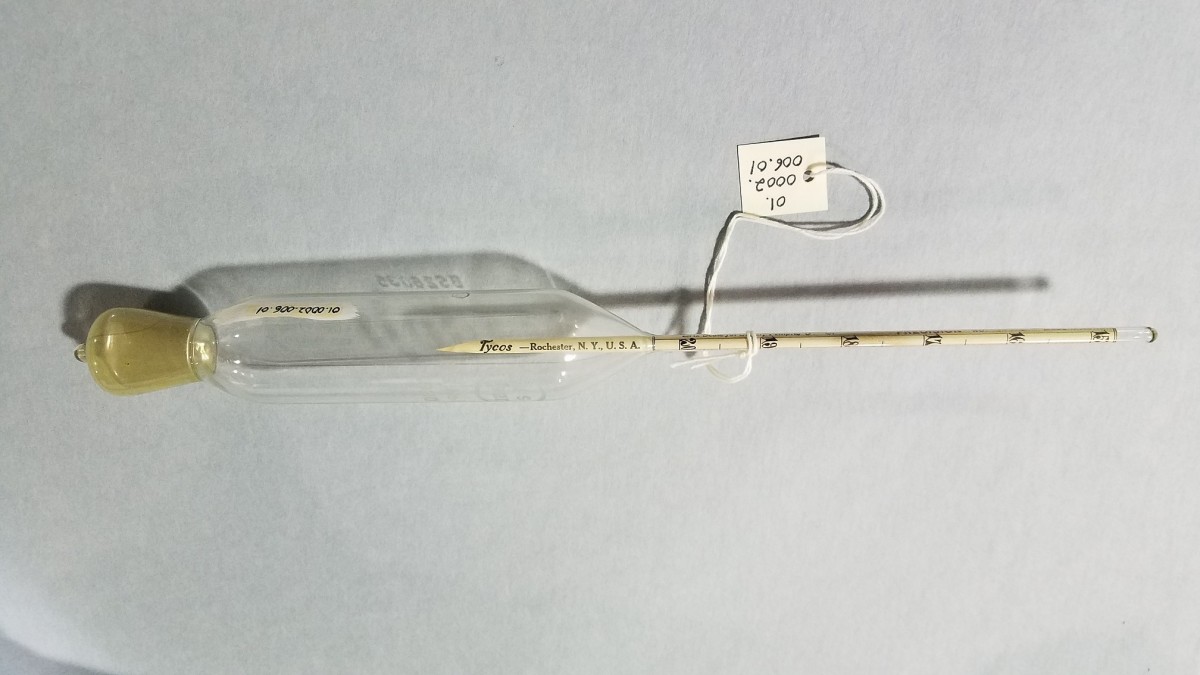
Two important women are represented by this plaque: Dr. Alice Evans and Dr. Ruth Kirschstein. Evans, whose face is pictured on the plaque, joined the NIH in 1918, after the first of her many discoveries of bacteriological diseases carried by milk. She became the first woman president of the Society of American Bacteriologists, later renamed the American Society for Microbiology. Ruth Kirschstein was known for her scientific work on the polio vaccine, as well as for her time as director of the National Institute of General Medical Sciences. She also served as acting director of NIH on two occasions.

The NIH Record newsletter celebrated its 70th anniversary on May 20. What was happening at NIH 70 years ago? Malaria research and human resources were important topics. But perhaps the biggest news was something not overtly stated: The NIH Softball Association’s announcement that it was open to everyone signaled the end of segregated ball teams at NIH. Read the first issue https://nihrecord.nih.gov/PDF_Archive/1949%20pdfs/19490520.pdf
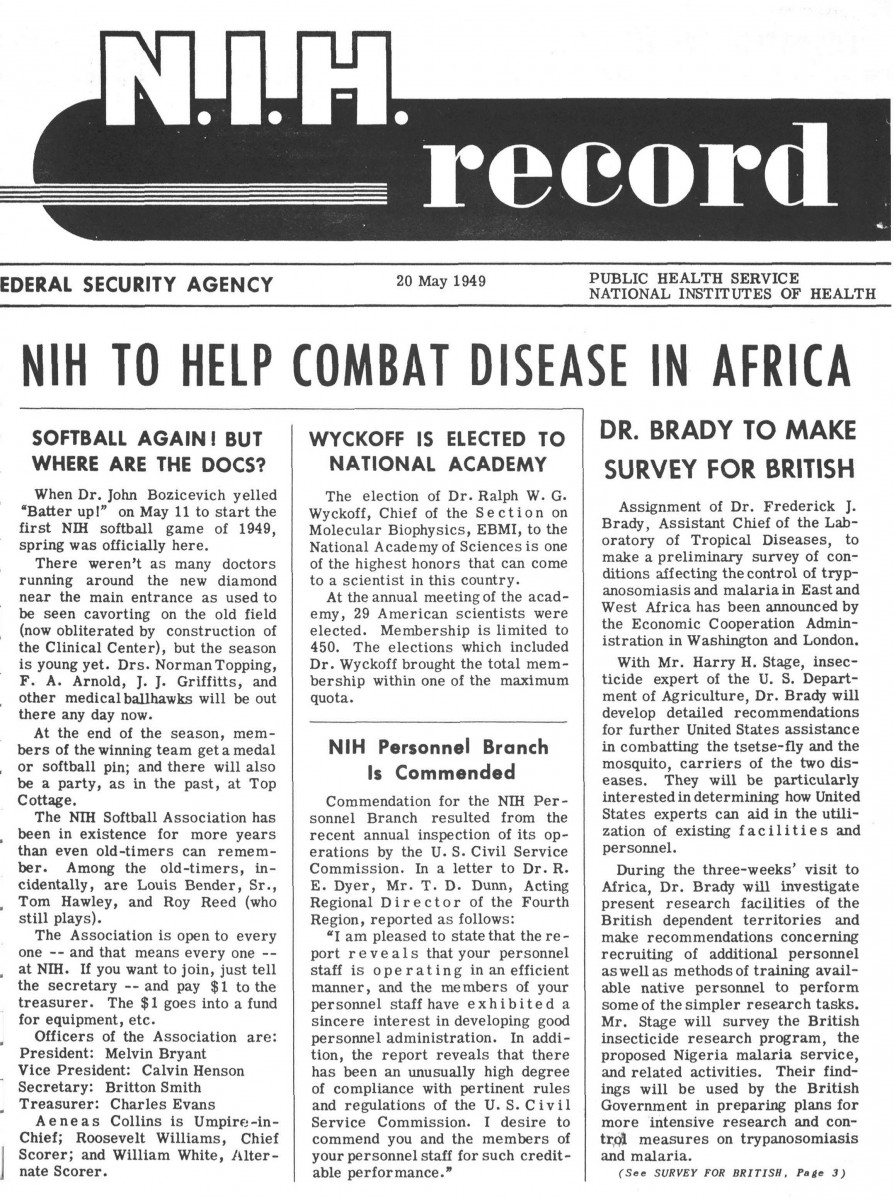
This lead brick is seriously heavy for its size. It originally helped to line the walls of X-ray and radiology laboratories in Building 6, the first building of the National Cancer Institute (NCI). Eighty years ago, in 1939, NCI scientists began working in the building even before it was totally completed, which frustrated the workmen a bit. This brick was saved before renovations to Building 6 in 2003.
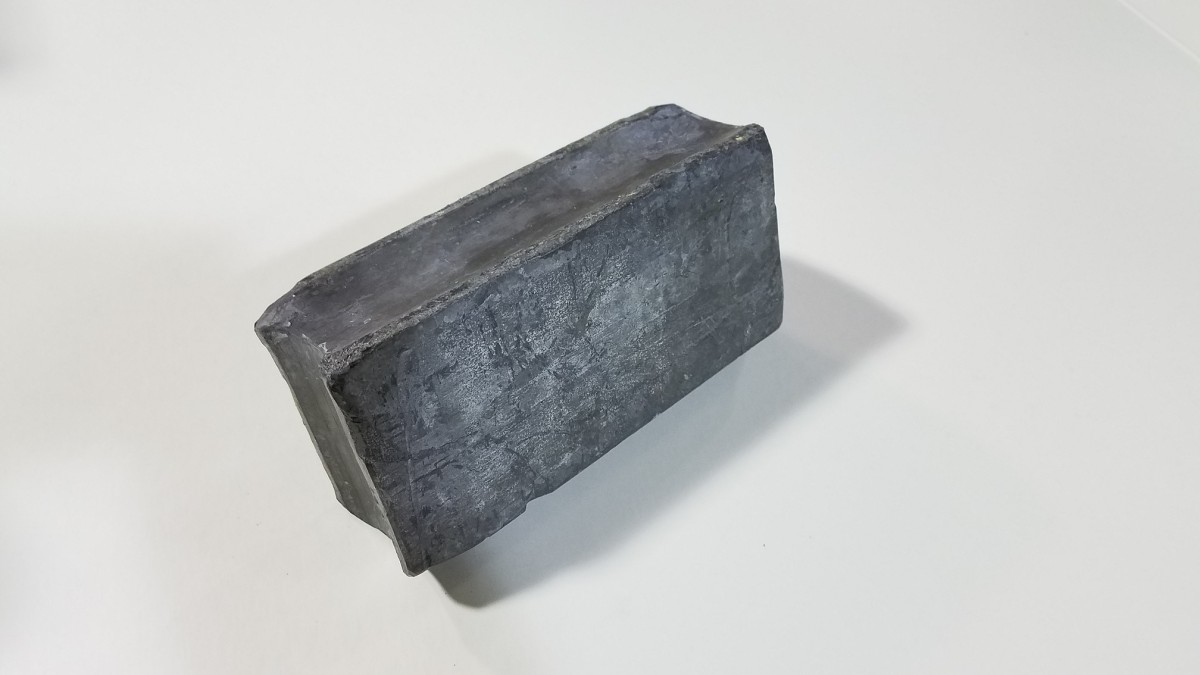
“The Cape Canaveral of vaccine research” is what Donna Shalala, HHS Secretary, called the Dale and Betty Bumpers Vaccine Research Center when it was dedicated 20 years ago on June 9, 1999. The building, also known as Building 40, was an integral part of President Bill Clinton’s goal to develop an AIDS vaccine by 2009. While many strides have been made in all vaccine research, a vaccine for HIV, which causes AIDS, is still in trials. Dale and Betty Bumpers were ardent supporters of vaccination and its power to improve the health of our nation. He was governor of Arkansas and then the state’s senator for four terms, and visited NIH labs many times. She was a tireless advocate for children’s health who came to the dedication ceremony just a few days after back surgery.
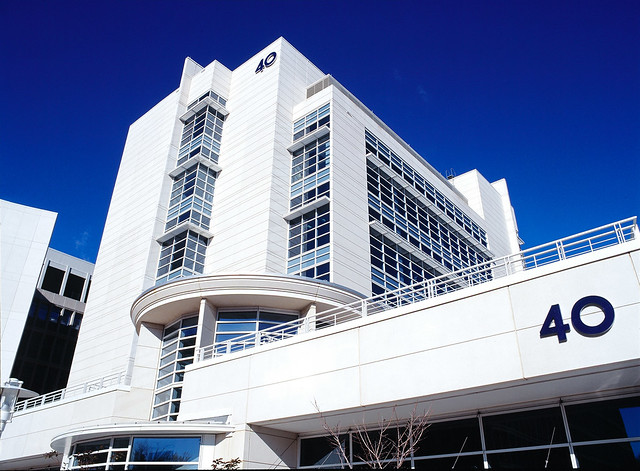
The big news for computer users at NIH in June 1979 was a new manual about time-sharing on the PDP-10 computer. Investigators, most of whom didn’t have their own powerful computers, had to take turns using the PDP-10, run by the then Division of Computer Research and Technology (now the Center for Information Technology). Steve Bailey, who wrote the manual, is now head of the NIH High Performance Computing (HPC) Core Facility, which, like its predecessor, provides scientific computing resources and support to the NIH Intramural Research Program.

Did you know that the NIH Fitness Center was one of the first fitness centers for federal employees in the country? Representatives even visited federal agencies in cities such as Seattle and Atlanta to help them start their own programs, focusing on fitness, nutrition, and managing stress. The NIH Fitness Center opened in a trailer in 1983, but moved to Building 31 in June 1984, and is run by the NIH Recreation and Welfare Association. The people in this photograph look like they’re celebrating with some dance moves. We’ve identified the women in the second row as Donna Vizzard (NIH Fitness Center) and Dr. Barbara Wasserman (NIH’s Occupational Medical Services). The woman on the far right is Donna Spiegler (Office of Research Services).
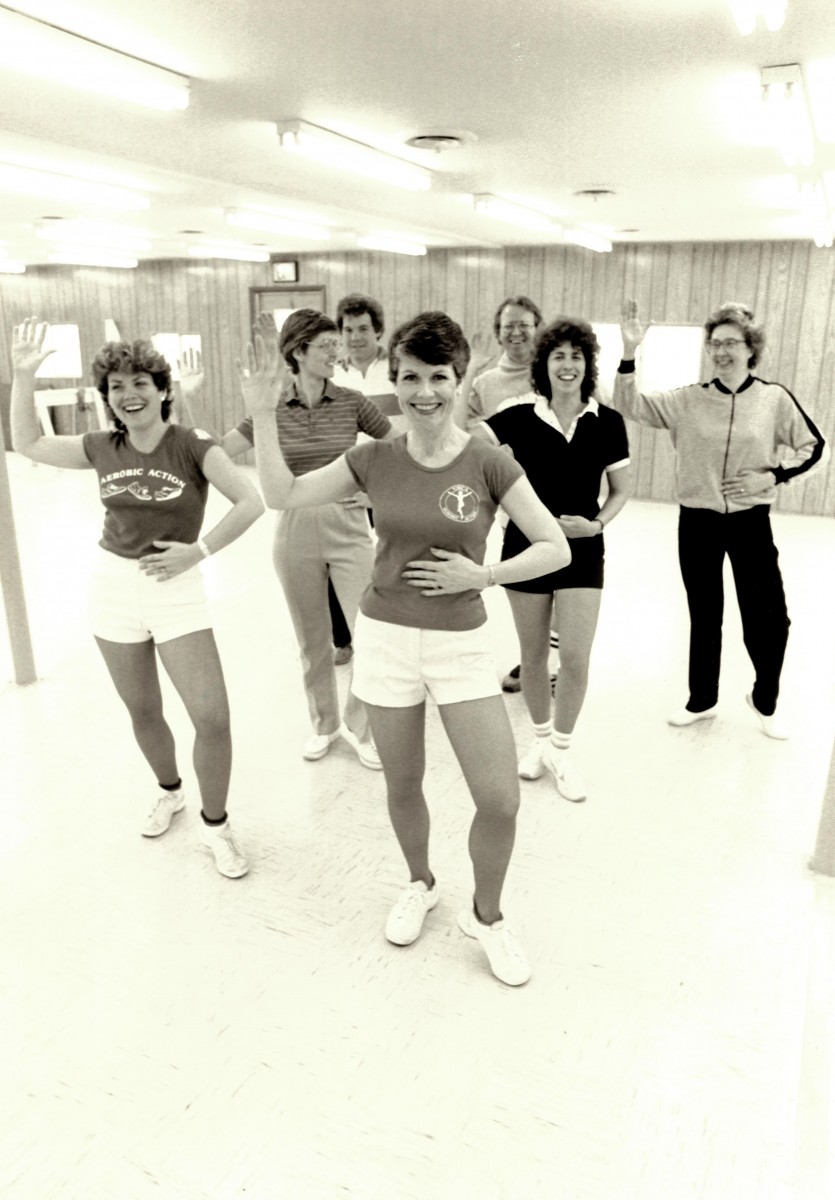
Published by E. R. Squibb & Sons, the June 1949 issue of the Squibb Memoranda was dedicated to the work of the NIH. The issue began with a biography of Dr. John Anderson, a former NIH director (known back then as the Hygienic Laboratory) and vice president of Squibb. The magazine includes articles with color illustrations, maps, and charts on "Typhus: Stage Setting," "Ticks as Vector of Disease," "Rocky Mountain Spotted Fever," "Antibiotic Agents and Their Spectra of Activity," and "About Penicillin."
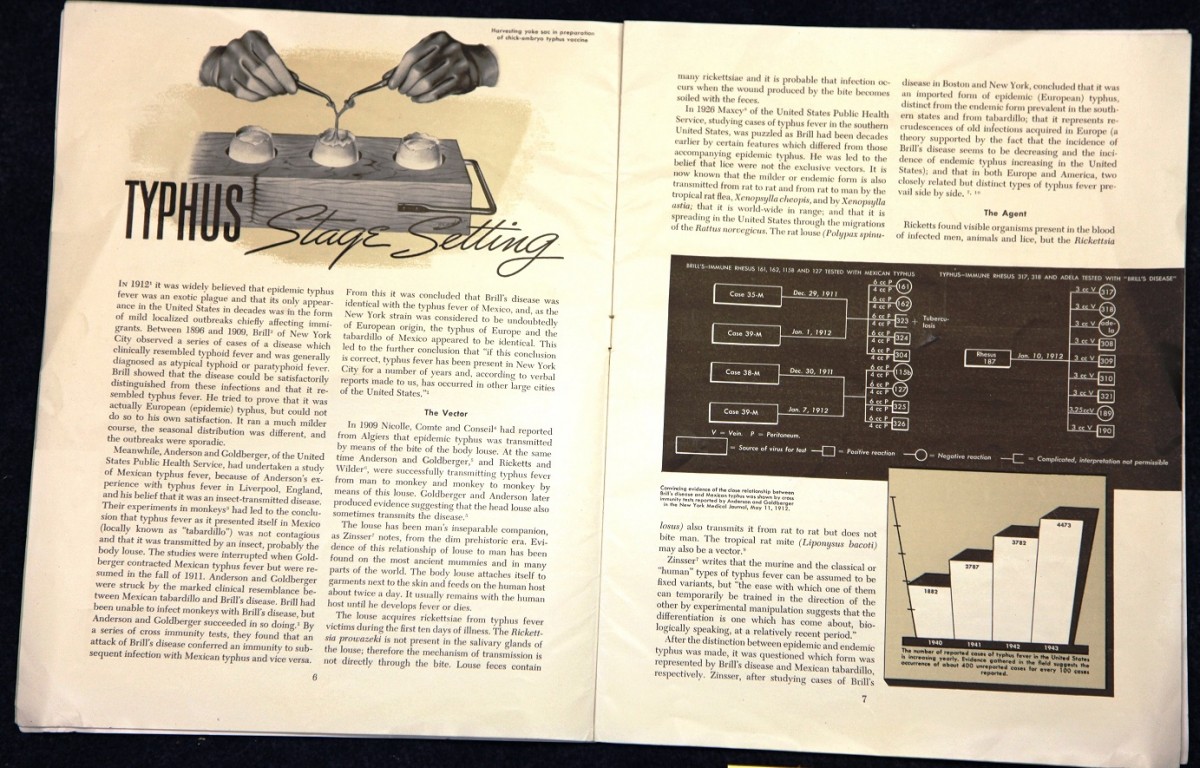
Look closely and you can see the workmen just beginning the second floor of NIH Building 4. This photo was taken 80 years ago in June 1939. Building 4 originally housed the Divisions of Chemistry, Pharmacology, and Zoology of the National Institute of Health (then singular). It provided state-of-the-art electrical and ventilation systems for the laboratories and an animal holding room in the attic — but there was still no air conditioning. On June 5, 2015, it was renamed the Lowell P. Weicker, Jr. Building in honor of the Connecticut congressman, senator, and governor. It currently houses laboratories for the National Institute of Allergies and Infectious Diseases (NIAID), a part of the now plural NIH.
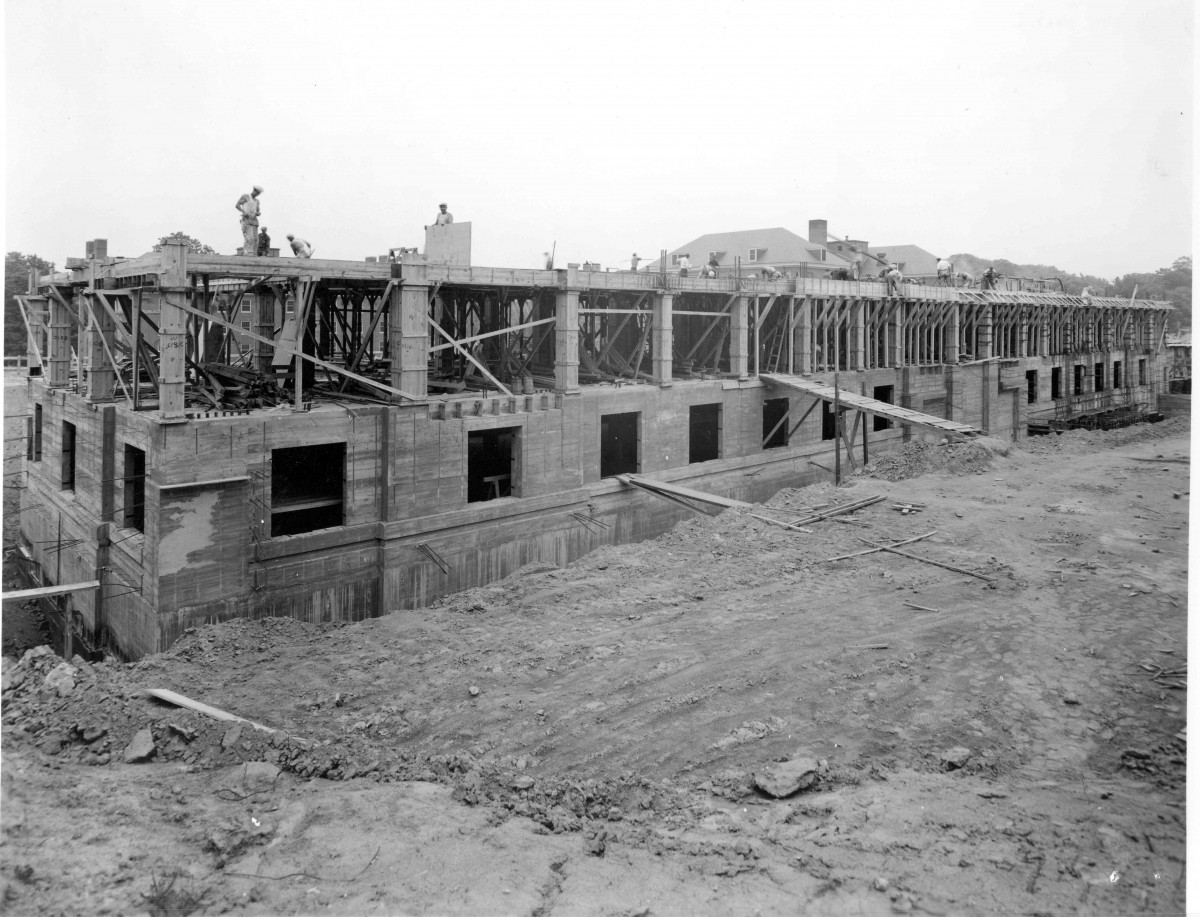
On June 28, 1949, the NIH purchased 50 acres of land from the Sisters of the Visitation for $173,058 — a bargain. The original convent for the cloistered nuns — now known as Building 60 or "The Cloisters" consisted of three wings in a U-shape, on the right and center in this photo. The wings on the left were added after the convent changed hands and now houses the students in the Medical Research Scholars Program. Because it is a historic building, NIH has not renovated it extensively, which means that the past still seems very present here.
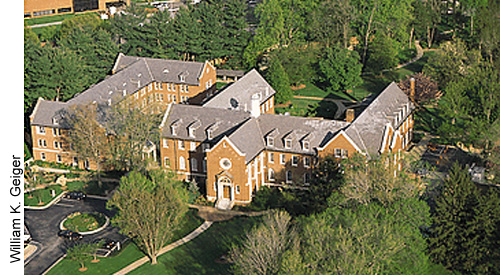
Related Blog Posts
This page was last updated on Wednesday, July 5, 2023
